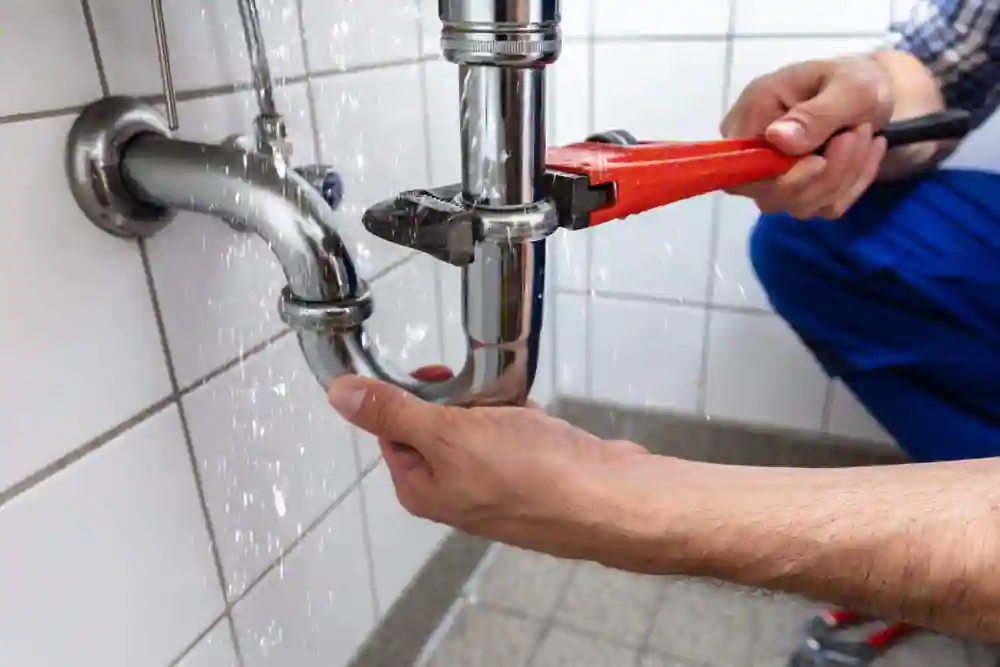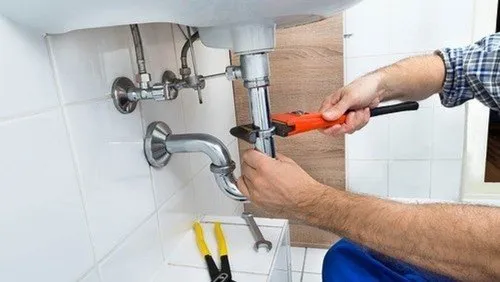Sanitary Work Services
₹1,000.0
Service Details:
| Property Type | Industrial, Commercial, Residential |
| Service Mode | Offline |
| Service Location | Pune |
| Service Duration | Same Day |
| Material Procurement | Suppliers End |
We are offering Sanitary Work Services.
Note:18% GST Extra
You must be logged in to post a review.
Q & A
Green building materials, such as green roofs and walls, and water-efficient plumbing, are integral components of sustainable construction and can have positive impacts on the environment. Let's explore the sustainability aspects of each of these elements:
- Green Roofs and Walls: Green roofs and walls involve the installation of vegetation on building surfaces, providing a range of environmental, economic, and social benefits:
Environmental Benefits:
- Stormwater Management: Green roofs and walls help reduce stormwater runoff by absorbing and retaining rainwater, thereby reducing pressure on urban drainage systems.
- Improved Air Quality: Vegetation helps filter pollutants from the air, reducing the concentration of harmful particles and improving overall air quality.
- Temperature Regulation: Green roofs and walls provide insulation, reducing the urban heat island effect and lowering energy consumption for heating and cooling.
- Biodiversity Enhancement: They create habitats for insects, birds, and other wildlife, contributing to local biodiversity.
Economic Benefits:
- Energy Efficiency: Green roofs and walls can enhance a building's thermal insulation, reducing energy consumption for heating and cooling.
- Extended Roof Lifespan: Vegetation acts as a protective layer, shielding the roof from weathering and extending its lifespan.
- Increased Property Value: Green roofs and walls can enhance the aesthetic appeal of a building, potentially increasing its market value.
Social Benefits:
- Improved Well-being: Green spaces have been shown to have positive effects on mental health and well-being, providing opportunities for recreation and relaxation in urban areas.
- Noise Reduction: Vegetation can help mitigate noise pollution by absorbing and deflecting sound.
- Water-Efficient Plumbing: Water-efficient plumbing fixtures and systems are designed to minimize water consumption, promoting conservation and reducing the strain on freshwater resources:
Water Conservation:
- Low-Flow Fixtures: Water-efficient faucets, showerheads, and toilets use less water without compromising performance.
- Rainwater Harvesting: Systems can collect and store rainwater for non-potable uses like irrigation, reducing the demand for freshwater.
- Graywater Systems: Graywater, wastewater from sources like sinks and showers, can be treated and reused for purposes like toilet flushing and landscaping.
Savings and Efficiency:
- Reduced Water Bills: Water-efficient plumbing can significantly lower water consumption, resulting in cost savings for building owners and occupants.
- Energy Savings: Water supply and treatment require energy. By conserving water, energy consumption related to water distribution and treatment can be reduced.
Environmental Benefits:
- Reduced Strain on Water Sources: Water-efficient plumbing helps reduce the extraction and consumption of freshwater resources, preserving natural ecosystems.
- Reduced Wastewater Discharge: By using water more efficiently, less wastewater is generated, reducing the burden on sewage treatment plants and minimizing environmental impacts.
To ensure the sustainability of these green building materials and practices, it is important to consider factors such as proper installation, maintenance, and monitoring to maximize their benefits. Additionally, choosing locally sourced and environmentally friendly materials, as well as proper waste management during construction and demolition, contribute to the overall sustainability of the building process.
General Inquiries
There are no inquiries yet.



















Reviews
There are no reviews yet.